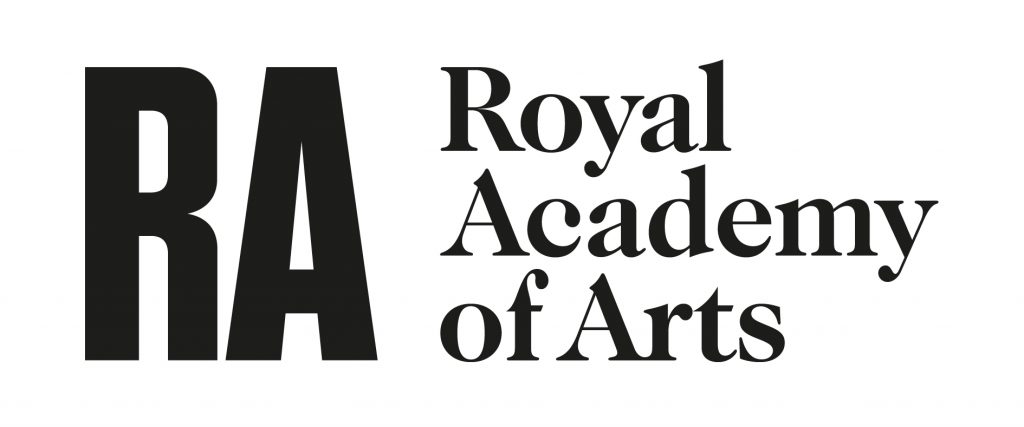
Royal Academy of Arts
27 November - 6 December 2023
JAPAN
Itinerary
We are pleased to share further details about the Royal Academy International Trip to Japan this autumn.
The trip will take place from the evening of Monday 27 November 2023 to the morning of Wednesday 6 December 2023. Over this time, the group will discover the vibrant art scenes in Tokyo, Naoshima and Kyoto. We will explore key galleries, museums and art spaces and we will meet with artists. Lunches and dinners will be arranged for the group throughout the duration of the trip.
Thank you as always for your continued support.
With best wishes,
RA Patron Team
DAY 1
Monday, November 27: Arrivals
-
Arrivals
Individual arrivals and guests’ transfers to hotel in Tokyo
-
Check In
Check in at The Peninsula Hotel, Tokyo
-
Evening
Tour of the Mori Art Museum with welcome by Mrs Mori
-
Dinner
Dinner hosted by Mrs Mori and the Japanese Committee of Honour in Mori Tower in the Club
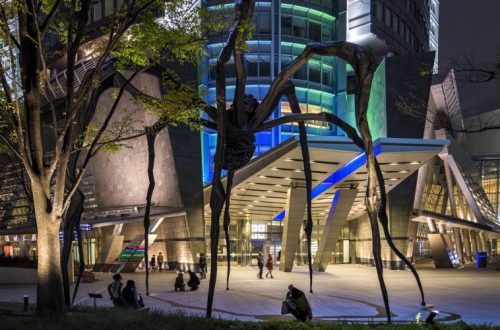
Mori Art Museum
This Museum’s exhibitions are world-class, and focus mainly on contemporary culture, Exhibitions are deliberately varied, with past offerings including Bill Viola’s video art, a survey of the Middle Eastern art world and the periodic Roppongi Crossing group shows for Japanese artists.
DAY 2
Tuesday, November 28: Tokyo - Naoshima
-
Morning
Travel by bullet train and private boat to Naoshima Island, Japan’s mecca of contemporary art.
-
Lunch
Lunch served on the train
-
Afternoon
On arrival at Naoshima Island we will be split to visit the most important sites, including Naoshima Art House Project, The Naoshima Plan, The water and the Lee Ufan Art Site

Art House Project
The Art House Project is an art project underway in Naoshima’s Honmura district. It began in 1998 with Kadoya, and currently comprises seven locations: Kadoya, Minamidera, Kinza, Go’o Shrine, Ishibashi, Gokaisho, and Haisha. In this project, artists take empty houses scattered about residential areas and turn the spaces themselves into works of art, weaving in history and memories of the period when the buildings were lived in and used.
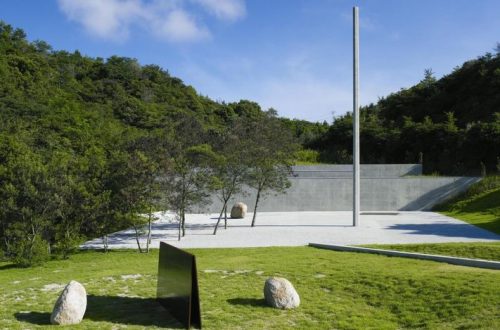
Lee Ufan Museum
Lee Ufan was one of the leading figures of the Mono-ha school (School of Things), a contemporary art movement emerging in the late 1960s. Lee’s works in the museum include two-dimensional paintings featuring repetitive brushstrokes laid down with the rhythm of quiet breathing and sculptures that organically combine stones and steel plates, in which the artist’s interventions are reduced to the bare minimum.
-
Dinner
Dinner at Issen restaurant
-
Overnight
Benesse House, Naoshima

Benesse House Museum
Benesse House Museum opened in 1992 as a facility integrating a museum with a hotel, based on the concept of “coexistence of nature, art and architecture.” Designed by Tadao Ando, the facility is built on high ground overlooking the Seto Inland Sea and features large apertures that serve to open up the interior to the splendid natural surroundings.
DAY 3
Wednesday, November 29: Naoshima
-
Morning
Continue to explore the islands and take a private ferry to Teshima and Inujima islands within the national park of the Seto Inland Sea. Highlights include “Les Archives du Coeur” by Christian Boltanski, and the Teshima Art Museum, one of the most intriguing contemporary artworks in Japan
-
Lunch
Lunch on Inujima Island
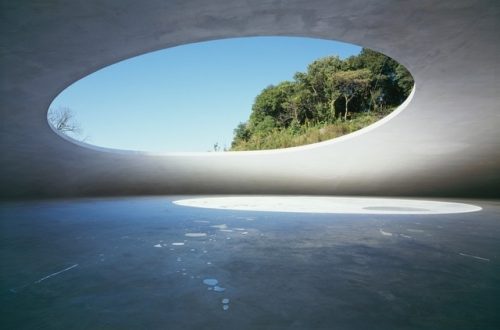
Teshima Art Museum
Teshima Art Museum stands on a hill on Teshima island, overlooking the Seto Inland Sea. The droplet-shaped architecture was designed by Ryue Nishizawa. The building consists of a concrete shell, devoid of pillars, coving a space 40 by 60 meters and with a maximum height of 4.5 meters. Two oval openings in the shell allow wind, sound, and light from outside into this organic space where nature and architecture interconnect.
-
Afternoon
Visit to Inujima Seirensho Art Museum and Inujima Art House Project
-
Dinner
Dinner at the Terrace Restaurant.
-
Overnight
Benesse House, Naoshima

Les Archives du Coeur
“Les Archives du Cœur”, by Christian Boltanski, permanently houses recordings of the heartbeats of people throughout the world. Christian Boltanski has been recording these heartbeats since 2008. Les Archives du Cœur is a testament to the recordees’ existence.
DAY 4
Thursday, November 30: Naoshima – Kyoto
-
Morning
Visit to Chichu Art Museum, opened exclusively for the group.
-
Late morning
Travel by private boat and bullet train to Kyoto
-
Lunch
Lunch served on the train
-
Afternoon
Visit to Tofukuji temple before checking into the Ace Hotel, Kyoto.
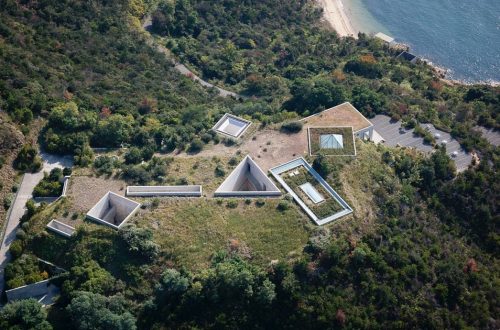
Chichu Museum
Chichu Art Museum was constructed in 2004 as a site rethinking the relationship between nature and people. The museum was built mostly underground to avoid affecting the beautiful natural scenery of the Seto Inland sea. Artworks by Claude Monet, James Turrell, and Walter De Maria are on permanent display in this building designed by Tadao Ando.
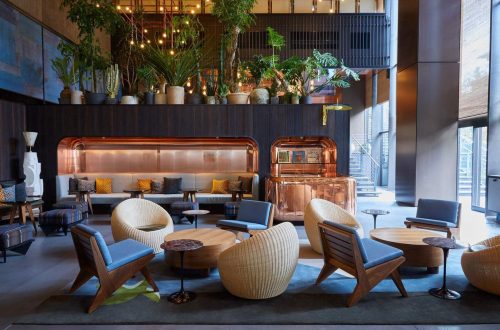
Ace Hotel, Kyoto
Located in the elegant building that used to house the Kyoto Central Telephone Office, the Ace Hotel Kyoto is one of the most stylish hotels in the city. Designed as a collaboration between famed Japanese designer Kuma Kengo and Los Angeles design firm Commune, the hotel is a brilliant fusion of Japanese and international styles.
-
Evening
Cocktails at Piopiko, the 2nd floor bar in the Ace Hotel
-
Dinner
Dinner at Mr Maurice’s Italian in the Ace Hotel
-
Overnight
ACE Hotel, Kyoto
DAY 5
Friday, December 1: Kyoto
-
Morning
Walk along the Philosopher’s Path to Ginkakuji Temple.
-
Late Morning
Visit to Mai Miyake's Atelier and Otsu-e shop
-
Lunch
Lunch in Fushimi
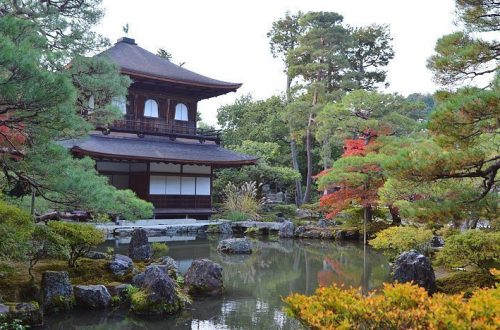
Ginkakuji Temple
Originally built as a retirement villa for a 15th-century shogun, Ashikaga Yoshimasa, Ginkakuji is one of Japan’s most classic Zen temples and a prime example of the wabi-sabi aesthetic of beauty in imperfection. Before it became a temple, the shogun’s villa was the center of Higashiyama culture, from which flowered the tea ceremony, flower arrangement, poetry, and Noh theater. Today, Ginkakuji is one of the best-known temples in Kyoto.
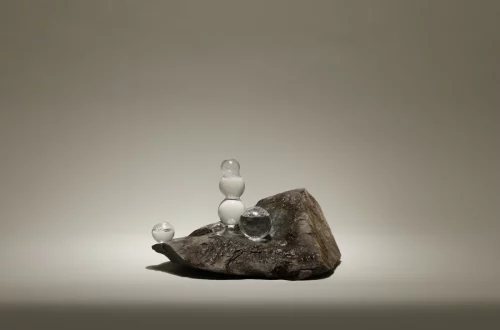
Mai Miyake
Mai Miyake graduated from Ecole Nationale Supérieure des Beaux-Arts in Paris in 2008, and remains a leading figure in academia in her native Japan, where she was appointed Professor of Art & Design at Kyoto University in 2017. Prior to graduating, she had won acclaim for contributions to exhibitions such as 2005’s “Criterium 65″ at the Contemporary Art Center, Art Tower Mito (Ibaraki, Japan) and “[express] Shanghai” at the Shanghai Duolun Museum of Modern Art in the same year.
An artist who restlessly explores the nature of her national identity, and the heritage and customs of Japan, Mai Miyake continually interrogates Japanese culture and its friction points with western civilization. She developed and expounded these themes in other successful shows in the following years, such as 2008’s “Auspicious” at the Gallery Kochukyo in Tokyo and 2010’s “NEXT Vol.1 Sparkling Days” at Yokohama Civic Art Gallery.
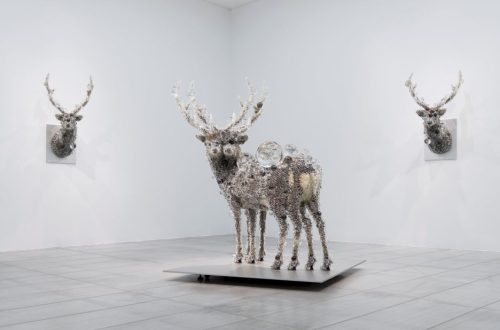
Kōhei Nawa
Kohei Nawa is a multidisciplinary artist whose diverse practice explores the perception of virtual and physical space and examines the relationship between nature and artificiality, and between the individual and the whole, illustrating how parts aggregate together, like cells, to create complex and dynamic structures.
Notable solo exhibitions include: L_B_S at Ginza Maison Hermes, Tokyo (2009); Synthesis at the Museum of Contemporary Art, Tokyo (2011); SCULPTURE GARDEN at Kirishima Open-air Art Museum, Kagoshima, (2013); and Throne on view as part of the Japonisms 2018: les âmes en resonance at the Musée du Louvre, Paris (2018). He has participated in the 6th Asia Pacific Triennial in Brisbane, Australia, 2009; the 14th Asian Art Biennale Bangladesh in Dhaka, Bangladesh, 2010 (Grand Prize winner); Aichi Triennale in Nagoya, Japan, 2013, amongst others. Nawa is currently an Associate Professor at the Kyoto University of Art and Design.
-
Afternoon
Visit to the artist, Kohei Nawa.
-
Late Afternoon
Visit the potter, Mr. Yagi's atelier
-
Dinner
Dinner at Daisen-in Temple
-
Overnight
ACE Hotel, Kyoto
DAY 6
Saturday, December 2: Kyoto
-
Morning
Visit to Nijo Castle
-
Late Morning
Visit to Onishi Seiwemon
-
Lunch
Lunch at Yaoichi
-
Afternoon
Optional self-guided walking tour designed by Rebecca Salter PRA or afternoon at leisure.
-
Dinner
Walk through Yasaka shrine or Gion on the way to dinner.
Dinner at Kyo Yamato. -
Overnight
ACE Hotel, Kyoto

Nijo Castle
Nijo Castle was built in 1603 as the Kyoto residence of Tokugawa Ieyasu, the first shogun of the Edo Period (1603-1867). His grandson Iemitsu completed the castle’s palace buildings 23 years later and further expanded the castle by adding a five story castle keep.
After the Tokugawa Shogunate fell in 1867, Nijo Castle was used as an imperial palace for a while before being donated to the city and opened up to the public as a historic site. Its palace buildings are arguably the best surviving examples of castle palace architecture of Japan’s feudal era, and the castle was designated a UNESCO world heritage site in 1994.
DAY 7
Sunday, December 3: Kyoto - Tokyo
-
Morning
Visit to Sanjusangendo Temple
-
Late Morning
Bullet train to Tokyo
-
Lunch
Lunch served on the train

Sanjusangendo
Sanjusangendo is the popular name for Rengeo-in, a temple in eastern Kyoto which is famous for its 1001 statues of Kannon, the goddess of mercy. The temple was founded in 1164 and rebuilt a century later after the original structure had been destroyed in a fire.
Measuring 120 meters, the temple hall is Japan’s longest wooden structure. The name Sanjusangendo (literally “33 intervals”) derives from the number of intervals between the building’s support columns, a traditional method of measuring the size of a building. In the center of the main hall sits a large, wooden statue of a 1000-armed Kannon (Senju Kannon) that is flanked on each side by 500 statues of human sized 1000-armed Kannon standing in ten rows. Together they make for an awesome sight.
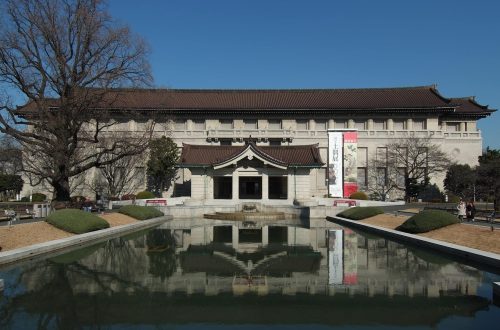
Tokyo National Museum
The Tokyo National Museum (東京国立博物館, Tōkyō Kokuritsu Hakubutsukan) is the oldest and largest of Japan’s top-level national museums, which also include the Kyoto National Museum, the Nara National Museum and the Kyushu National Museum. It was originally established in 1872 at Yushima Seido Shrine and moved to its current location in Ueno Park a few years later.
The Tokyo National Museum features one of the largest and best collections of art and archeological artifacts in Japan, made up of over 100,000 individual items including nearly a hundred national treasures. At any one time, about 4000 different items from the permanent museum collection are on display.
-
Afternoon
Visit to Tokyo National Museum to see the temporary exhibition “Yamato-e: Traditions of Beauty from the Imperial Court”
-
Late Afternoon
Check in at Hotel Okura
-
Evening
Exclusive visit to Yayoi Kusama Museum
-
Dinner
Cocktail reception at Takeo Obayashi’s Yu-Un
-
Overnight
Hotel Okura, Tokyo
DAY 8
Monday, December 4: Tokyo
-
Morning
Visit to the The Adachi Foundation for the Preservation of Woodcut Printing
-
Late Morning
Visit to A-POC ABLE Issey Miyake hosted by Yoshiyuki Miyamae
-
Lunch
Lunch at Sasha Kanetanaka

The Adachi Foundation for the Preservation of Woodcut Printing
The Adachi Foundation for the Preservation of Woodcut Printing was established in 1994 with the objective of contributing to the development of Japan’s arts and culture by promoting and preserving traditional woodcut printing techniques through research and other activities, supporting and cultivating artisans, and delivering the results of such activities to the public. The foundation was approved by the Ministry of Education, Culture, Sports, Science and Technology and established under the jurisdiction of the Cultural Properties Protection Department of the Agency for Cultural Affairs.
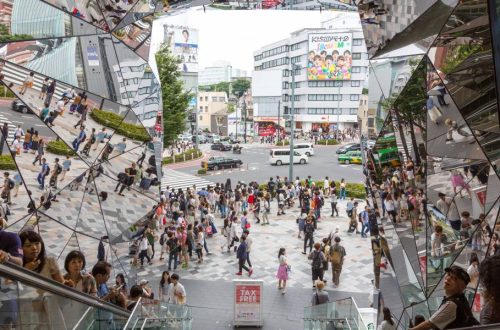
Omotesandō
Omotesandō is one of the most pleasant (and most expensive) neighborhoods in Tokyo. It’s a major luxury shopping destination (along with Ginza); it’s also home to some of the most amazing examples of human-scale modern architecture that you’ll find anywhere in the world.
Omotesandō neighbors the very famous area of Harajuku. In fact, the two kind of bleed into each other. One way to tell where you are: Harajuku is mostly filled with cheap shops that target a younger crowd, whereas Omotesandō is for a more luxurious spender.
-
Afternoon
Architectural walking tour in Omotesando with Kengo Kuma associate architect, Balasz Bognar
-
Late Afternoon
Shopping time at leisure in Omotesando
-
Dinner
Dinner at Namahage restaurant
-
Overnight
Hotel Okura, Tokyo
DAY 9
Tuesday, December 5: Tokyo
-
Morning
Train to Odawara to visit the Enoura Observatory by Hiroshi Sugimoto.
-
Lunch
Lunch TBD
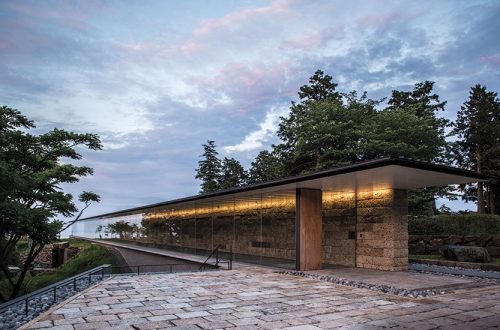
Enoura Observatory by Hiroshi Sugimoto
Enoura Observatory overlooks Sagami Bay in Odawara . Founded in 2017 by the Odawara Art Foundation, which was established by contemporary artist Hiroshi Sugimoto, this complex was built to show visitors the essence of Japanese culture. This spot is perfect for those with a love of art and architecture.
-
Afternoon
Walk inside the Imperial Palace and Sannomaru Shozokan Museum
-
Dinner
Cocktail and dinner at Shirai Collection
-
Overnight
Hotel Okura, Tokyo
DAY 10
Wednesday , December 6: Departures from Tokyo
-
Morning
Individual departures from Tokyo.
*Please note that this programme will be subject to change.
